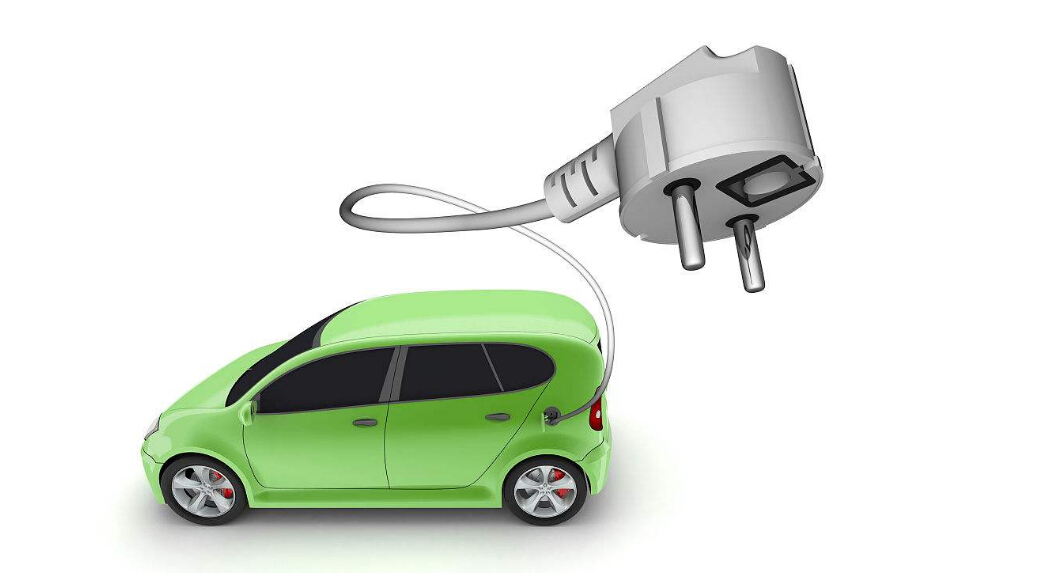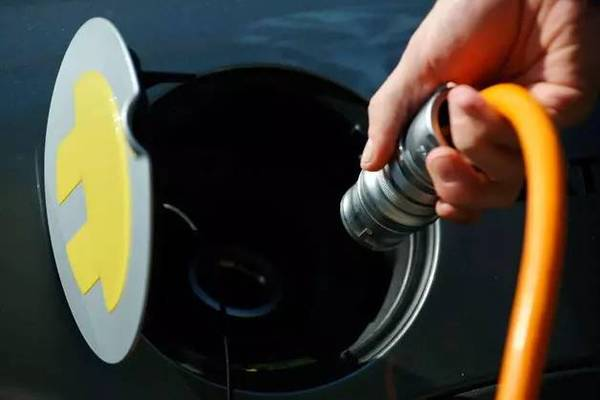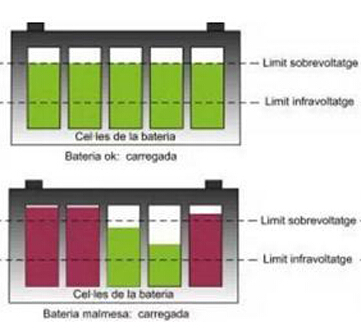Demand for electric vehicles is gaining momentum on the driveway. Although electric vehicles account for only about 1% of global car sales in 2016, the share of ownership is as low as 0.2%; but according to McKinsey, by 2030, electric vehicles are expected to account for about 20% of new car sales. In a radical scenario, the growth rate may even be faster. Consumer research confirms the above predictions. According to the latest survey, 30% of car buyers and nearly 50% of millennials mean that the next car will consider buying electric cars instead of traditional fuel cars. With the rapid development of electric vehicles, its impact on energy, land and mineral raw materials will be thought-provoking.
1. Fossil fuels: The introduction of electric vehicles will not have a substantial impact on oil consumption in the short term.
Start with crude oil. The increase in electric vehicles will drastically reduce oil demand – isn't it?
actually not. It is expected that in the next 10 to 15 years, the growth in the number of electric vehicles will have little impact on oil demand. In fact, most of the downward pressure on oil demand comes from the efficiency of internal combustion engines and the weight reduction of automobiles. Since 2005, the fuel efficiency of traditional cars has increased by nearly 2% per year. We expect fuel efficiency to continue to increase by more than 2.5% annually between now and 2025. However, even if fuel vehicles are becoming more efficient and their market share is affected by electric vehicles, global demand for crude oil will continue to grow. The increase in oil demand involves multiple sources, including: chemical and aerospace industries, China and other emerging markets, global car sales including fuel vehicles, and rising global car mileage.
However, the popularity of electric vehicles can significantly affect the demand for another fossil fuel: natural gas. The increase in electric vehicles means that more electricity needs to be produced. Although coal is also a raw material for electricity production, it is expected that about 80% of the expected increase in electricity demand in the United States will be met by natural gas power generation. If half of the cars on American roads are electric cars, the daily demand for natural gas in the United States is expected to increase by more than 20%.

2. Land: Where is the charging station built?
Currently, more than 400,000 worldwide use public charging sites to support more than 3 million electric vehicles. According to the forecast of the popularity of electric vehicles in the world in 2030, it is necessary to significantly increase the public charging station in the future to meet the demand. Replacing a gas station with a charging station or simply adding a charging station that is comparable to a gas station is not enough to meet the expected increase in the number of electric vehicles. According to our calculations, if we want to reach the hourly mileage output by the standard specification gas station, we need to deploy several charging stations with 8 120 kW fast charging stations.
The construction of electric vehicle charging stations poses more land challenges for China and Europe than the United States. Only 40% of European electric car owners and 30% of Chinese electric car owners own private parking spaces and wall-mounted charging posts, compared to 75% in the United States.
In addition to the charging level, grid capacity is also a consideration. The current power infrastructure can indeed meet the demand for electricity from the increase in the number of electric vehicles, but only if the electric car must be charged during off-peak hours. At present, this premise is still difficult to achieve. The load required for fast charging in a single electric vehicle can reach 80 times the peak load of the average household. We must admit that the large-scale use of fast charging during peak hours will have a substantial impact on the grid.
These potential constraints require the cooperation of the whole society to solve. The Chinese government has set a goal of building 5 million charging piles in 2020; given the Chinese government's excellent performance in promoting public infrastructure, we believe that this goal will be achieved on time. However, for countries outside China, things are not as order-based. For example, California utilities want to increase public investment by setting a mandatory rate of return. In addition to public investment, private investment from different sources is also crucial to the construction of charging networks. Some retail giants have begun to consider offering customers the convenience of shopping while charging, and hope to turn the charging experience into their own advantage. Just as large shopping malls have already outlined the image of a leading retailer centered on the shopping experience, a large retail-oriented charging station may become a new star in the business landscape.
3. Mining: Where is the road?
The cost of an electric car can be roughly broken down into batteries (40% to 50%), electric drive systems (about 20%) and other vehicle components (30% to 40%). There is no doubt that the most important of these is the cost of the battery. Currently, battery costs are approximately $200 to $225 per kWh. As governments around the world begin to phase out electric vehicle subsidies, we estimate that for most compact and mid-size cars, the cost of the battery needs to be reduced to $100 per kWh without subsidies. Competing.
As major battery manufacturers compete to expand capacity, the increase in sales of electric vehicles is expected to substantially reduce battery costs. At the same time, the growth of electric vehicles will drive the price of key battery raw materials, including cobalt and lithium, to rise, and this rise has already begun. Since 2015, the price of cobalt and lithium has more than doubled, which directly led to a net increase in the production costs of electric vehicles during this period.
Will the relative scarcity of raw materials inhibit the popularity of electric vehicles? Optimistic, no. Even if raw material prices are expected to rise, battery costs are still expected to approach the threshold of around $100. Switching to other battery chemistries can alleviate the risk of shortages; continued investment in the mining industry is also expected to expand the supply of raw materials. Of course, the latter requires a huge amount of sustained investment, and it will take several years from exploration to commercial exploitation of raw materials. At the same time, we cannot ignore the harsh reality of mining, especially the ecological and social problems of Africa and South America, which are rich in raw materials.
Although electric vehicles are a highly regarded green solution, they are not perfect for social, environmental and resource consumption.
















 RCCN WeChat QrCode
RCCN WeChat QrCode Mobile WebSite
Mobile WebSite







